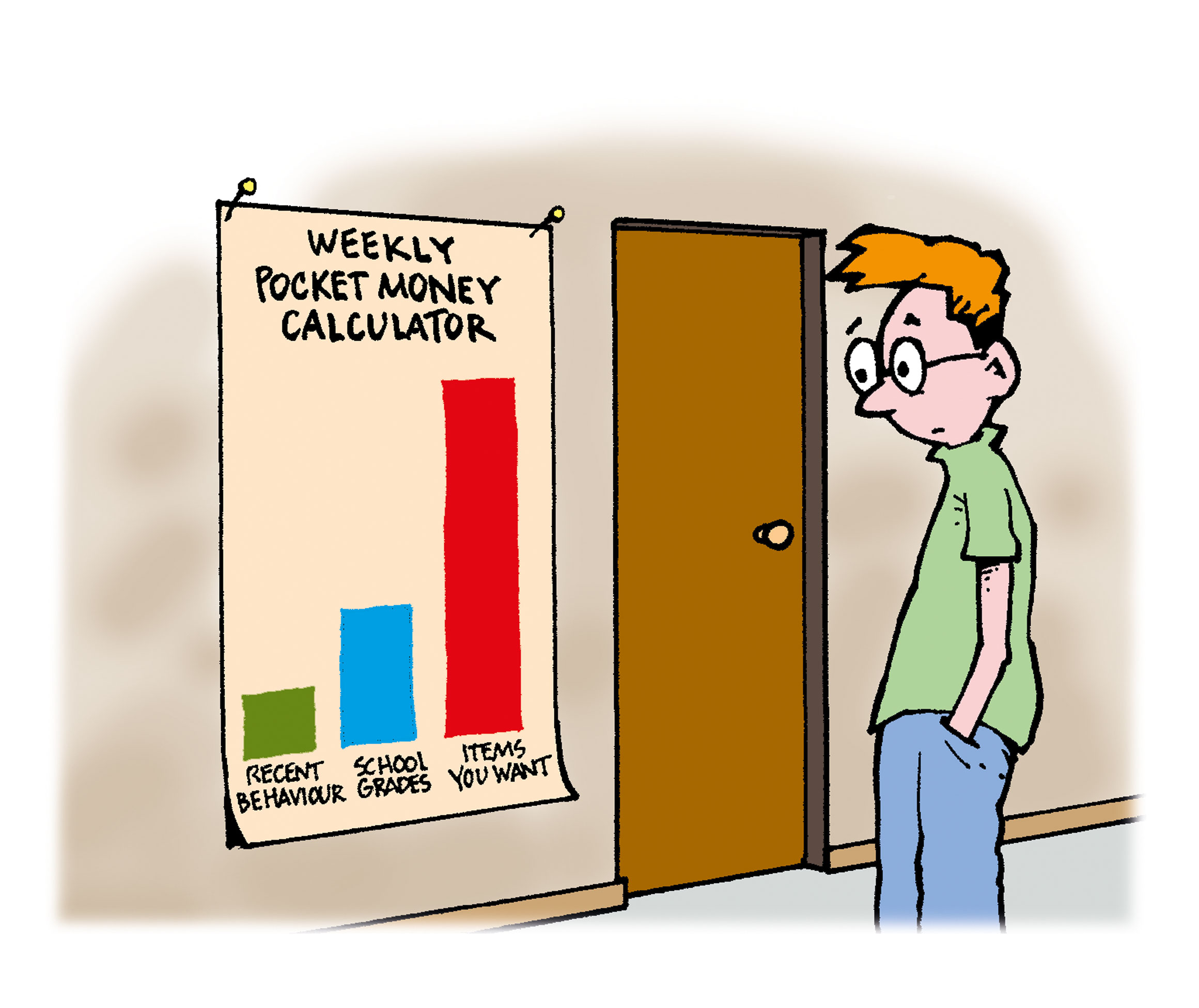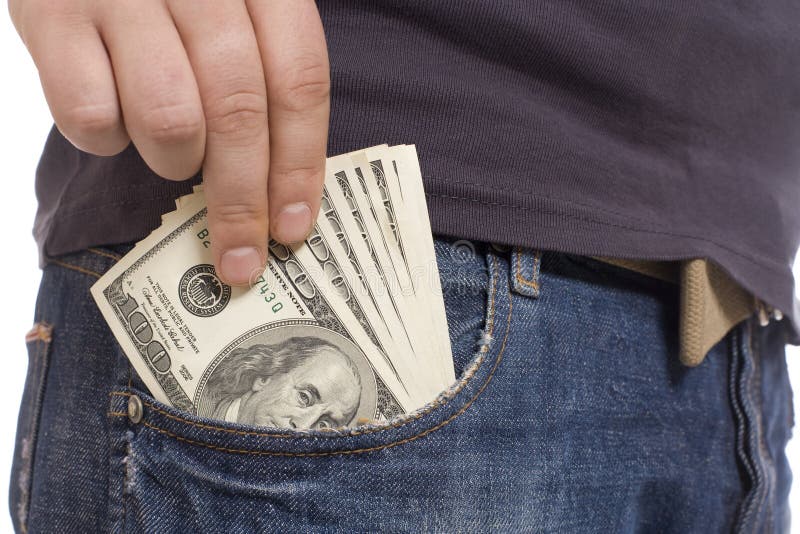

Students might come up with ideas, such as share the money equally and spend what is left over on something they can share or one of them takes $3.40, and next time this happens, a different person takes the extra money. However, a lemonade, a milkshake, and a steakburger might be.Ģ. For example, a lunch of two colas and two milkshakes is not sensible.

The practical considerations must be taken into account when determining whether solutions are correct. An interesting scenario is sauce, Paradise burger, and milkshake, but it would be unusual for sauce to be eaten without chips. The 5 cent component of the price for Hawaiian or Paradise burgers must be matched by buying sauce at 55 cents. For example, nachos and either an eggburger or spicy wedges add to exactly $5.

Students should look for combinations of items that produce whole dollar amounts. Students will have various ideas about how to allocate this extra money. The closest possible individual amount is $3.30, which leaves 10 cents remaining. Students need to be shown the efficiency of a division strategy. Although this is a productive method, it can be cumbersome with more complex amounts. Students frequently solve such sharing problems by using equal addition methods, for example, + + = 12, and find the value of by trial and improvement. As there are three car cleaners, the total amount will need to be divided by three to calculate how much each individual receives. Students need access to toy money if you want them to model sharing the amount shown in this activity.


 0 kommentar(er)
0 kommentar(er)
